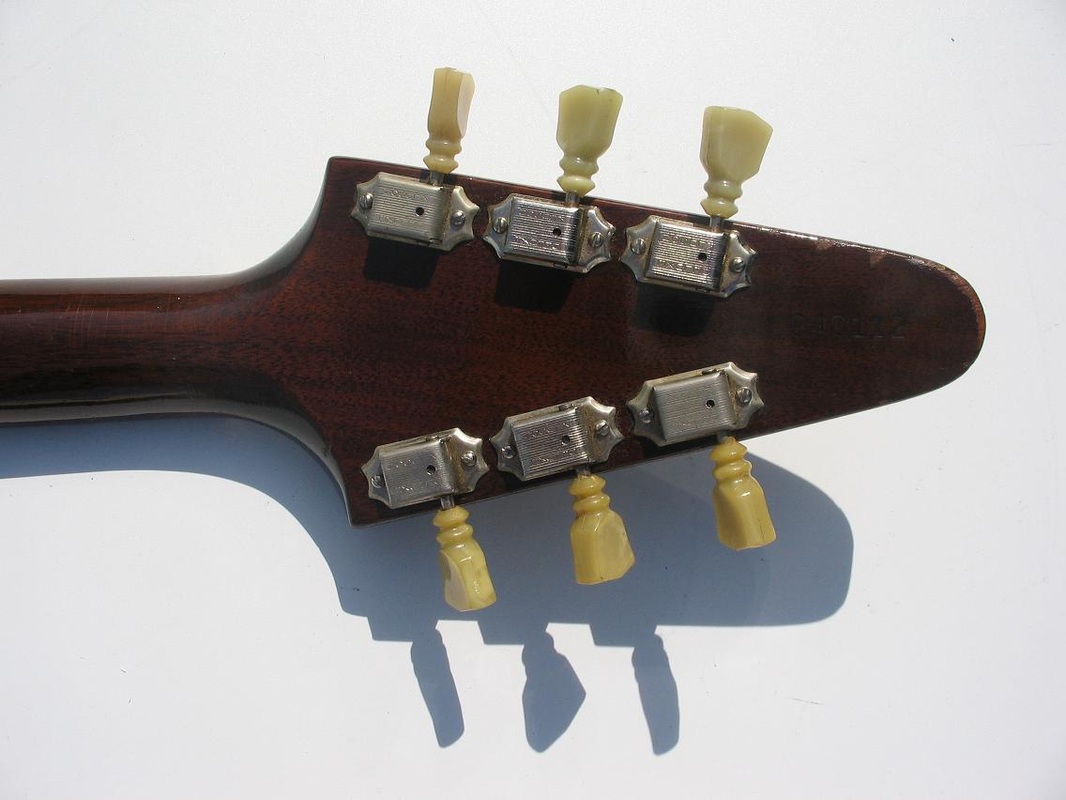Gibson Serial Numbers 2012
What is the best way to check/find a custom shop guitar serial number, like a 2011 historic? You'd have to send an email to Gibson. If it's a Historic LP, it's pretty easy to figure out. IIRC, 8 12111 would be an R8, made in 2012 and the 111th produced that year. I had an R9 from '04 that was 9. When Stevie Ray Vaughan passed away in 1990, he left a void in the world of young blues musicians. Find Martin Guitars serial numbers, Find and buy vintage instruments like vintage martin guitars and other vintage guitars, mandolins, pianos, and percussion.
1958 Gibson Les Paul Standard Manufacturer Period 1952–1960 1961–1963 (in SG form) 1968–present Construction Body type,, Semi-hollow Neck joint Woods Body (often with a top) (rare) Neck Usually mahogany Maple Fretboard Usually Maple Richlite Hardware Bridge Usually Usually 2 2 3 humbuckers Colors available Various, often -type finishes Goldtop Ebony Alpine White Wine Red The Gibson Les Paul is a that was first sold by the in 1952. The Les Paul was designed by Gibson president, factory manager John Huis and their team, along with guitarist/inventor. The Les Paul was originally offered with a gold finish and two pickups. In 1957, pickups were added, along with sunburst finishes in 1958.


The sunburst 1958–1960 Les Paul – today one of the best-known electric guitar types in the world – was considered a failure, with low production and sales. For 1961, the Les Paul was redesigned into what is now known as the. This design continued as a separate guitar when the traditional single cutaway, carved top bodystyle was re-introduced in 1968. The Les Paul has been continually produced in countless versions and editions since. Along with and, it was one of the first mass-produced electric solid-body guitars. Due to their versatility Les Pauls have been used in a wide range of music genres, including,,,,,,,,, and.
In 1950, the ancestors of ( and ) were introduced to the musical market and solid-body electric guitars became a public craze. In reaction to market demand, Gibson Guitar president brought guitarist Les Paul into the company as a consultant. Les Paul was a respected innovator who had been experimenting with guitar design for years. He hand-built a solid-body prototype called 'The Log', often suggested as the first solid-body ever built. 'The Log' was given its name from the pine block running through the middle of the guitar whose width and depth are a little more than the width of the fretboard; conventional hollow guitar sides or 'wings' were added for shape.
Aug 23, 2017. How to determine if a Gibson guitar is fake or not from the serial number and the specs, how to spot a Chinese fake?? (The picture next to this section is for an Original Gibson les paul traditional plus 2012). Before I start I want to point out that I have bought and sold hundreds of Gibson guitars and that gave. Игра Собери Компьютерную Сеть here.
Eileen Fisher Repositioning The Brand Pdf Printer here. Although numerous other prototypes and limited-production solid-body models by other makers have since surfaced, it is known that in 1945–1946, Les Paul had approached Gibson with 'The Log', but his solid body design was rejected. In 1951, Paul, McCarty, and his team at the Gibson Guitar Corporation began work on what would eventually become the Les Paul Model. Early prototypes are very similar to the final version. The new Les Paul guitar was to be an expensive, well-made instrument in accordance with Gibson's reputation at the time.
Although recollections differ regarding who contributed what to the Les Paul design, it was far from a replica of rival guitar manufacturer 's models. Additionally, Gibson's president Ted McCarty stated that the Gibson Guitar Corporation approached Les Paul for the right to imprint the musician's name on the with the intention of increasing sales; in 1951, Gibson presented Paul a nearly finished instrument for approval. Beginning Algebra 11th Edition Lial Hornsby Mcginnis Pdf To Excel. Subsequently, McCarty claimed that design discussions with Les Paul were limited to the tailpiece and the fitting of a maple cap over the mahogany body for increased density and sustain, which Les Paul had requested reversed.
However, this reversal would have caused the guitar to become too heavy, and Paul's request was refused. Paul states that the original should have had the maple cap and the Goldtop was to be all mahogany.